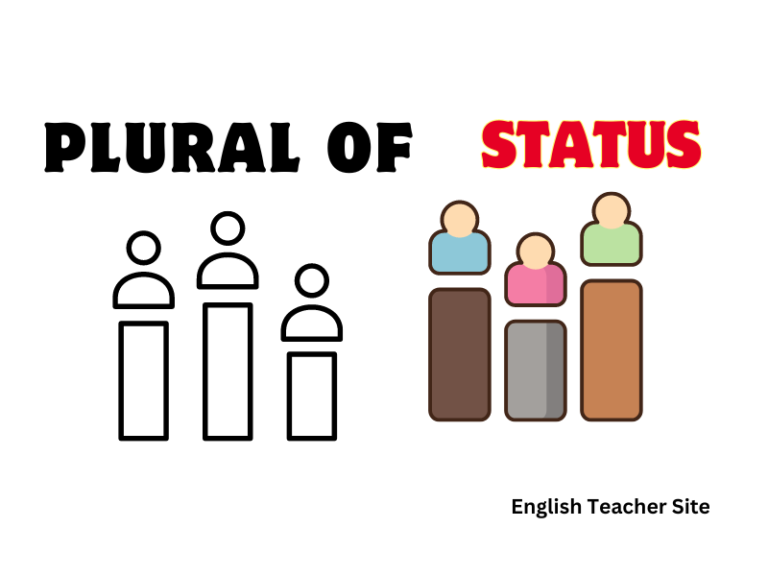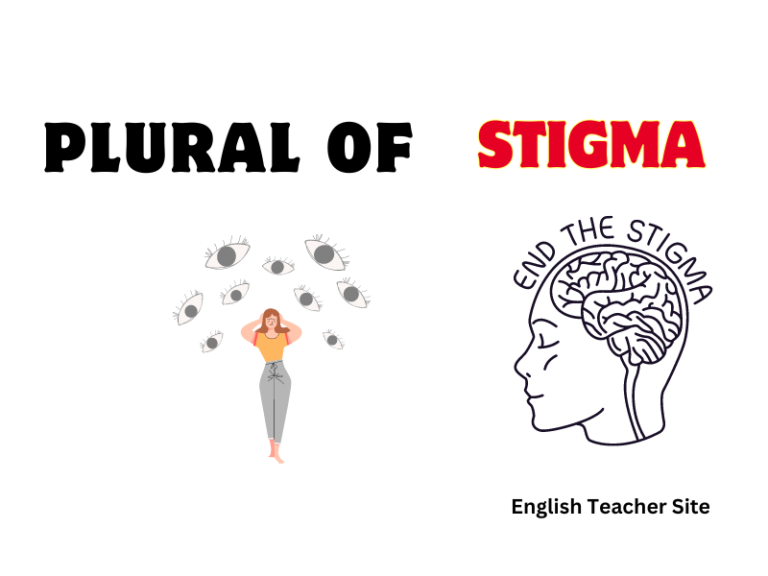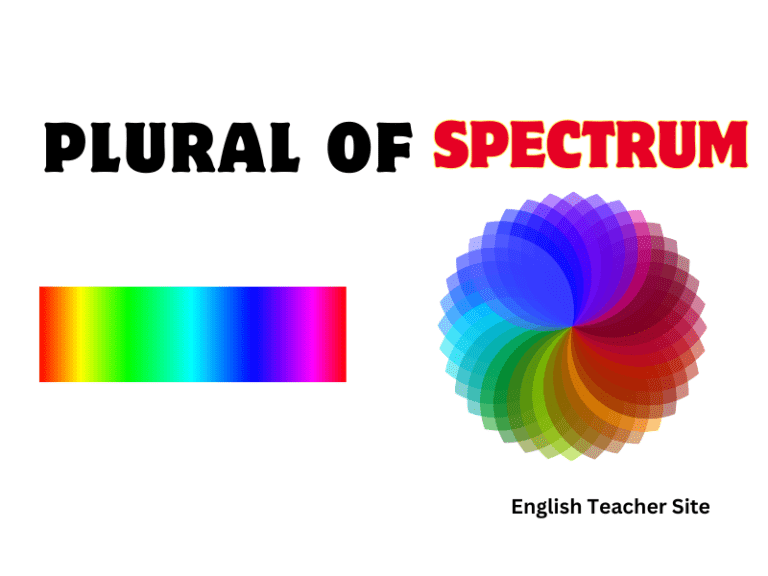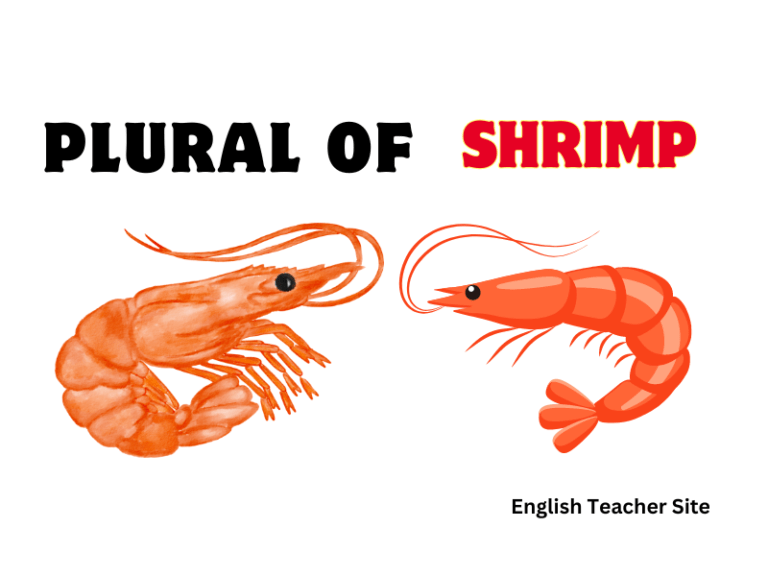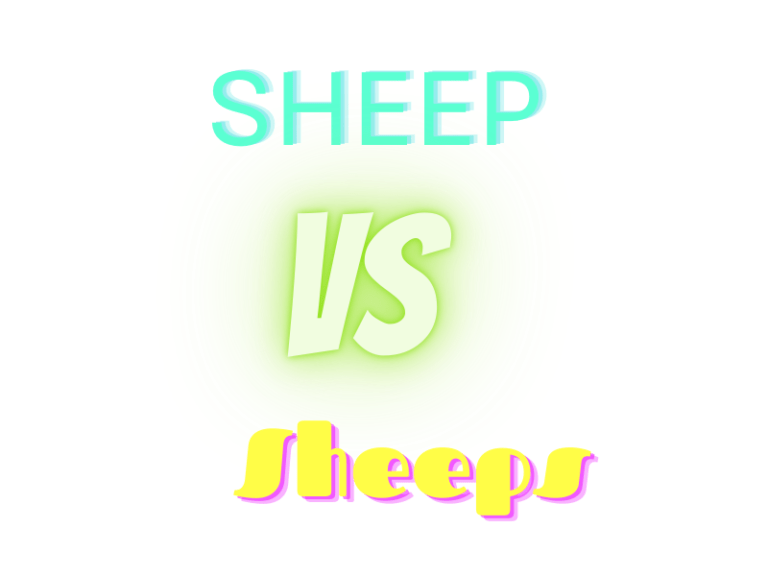What’s the Plural of Status: Understanding Singular and Plural Forms
Determining the plural of “status” can be perplexing due to its Latin origin. While many English words follow simple pluralization rules, such as adding an ‘s’ or ‘es,’ words from Latin can have irregular forms. The interesting aspect about “status” is that it is accepted in two different plural forms. This has led to varying…

